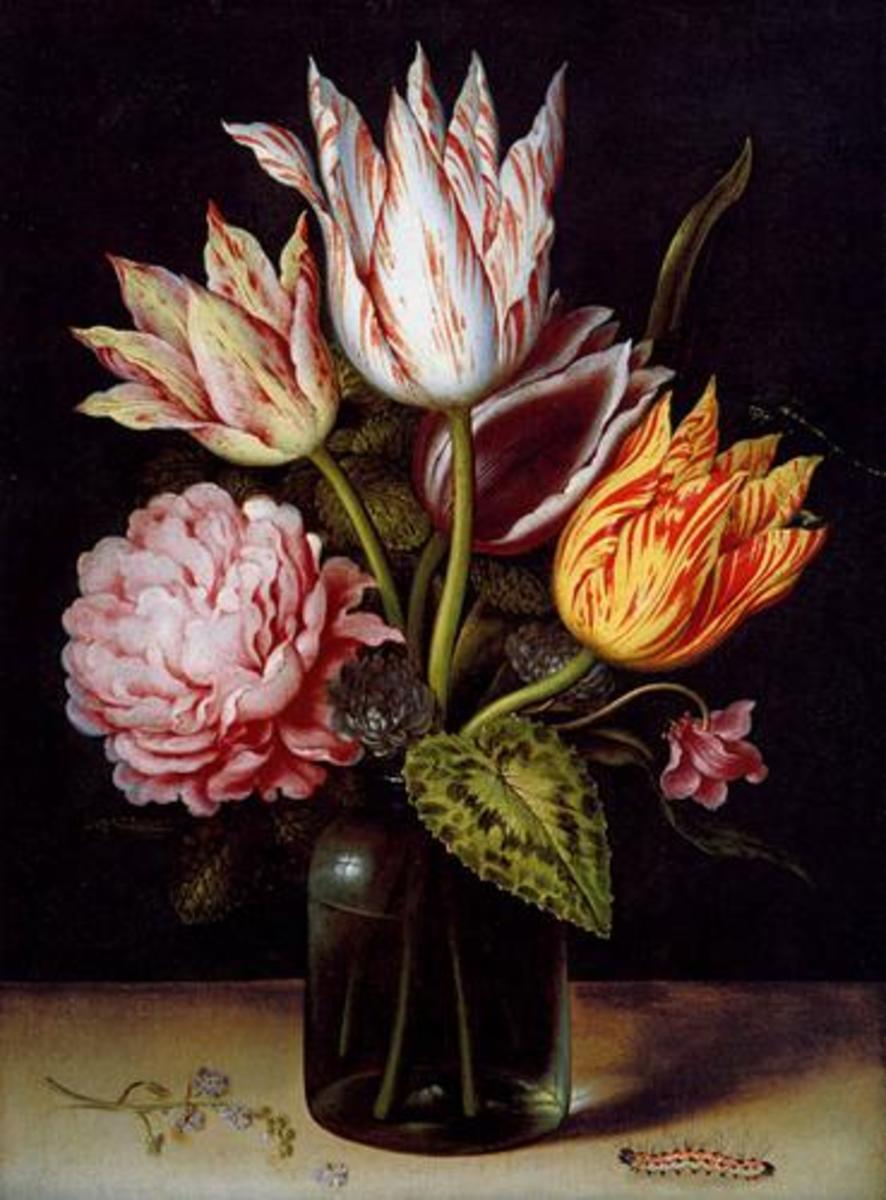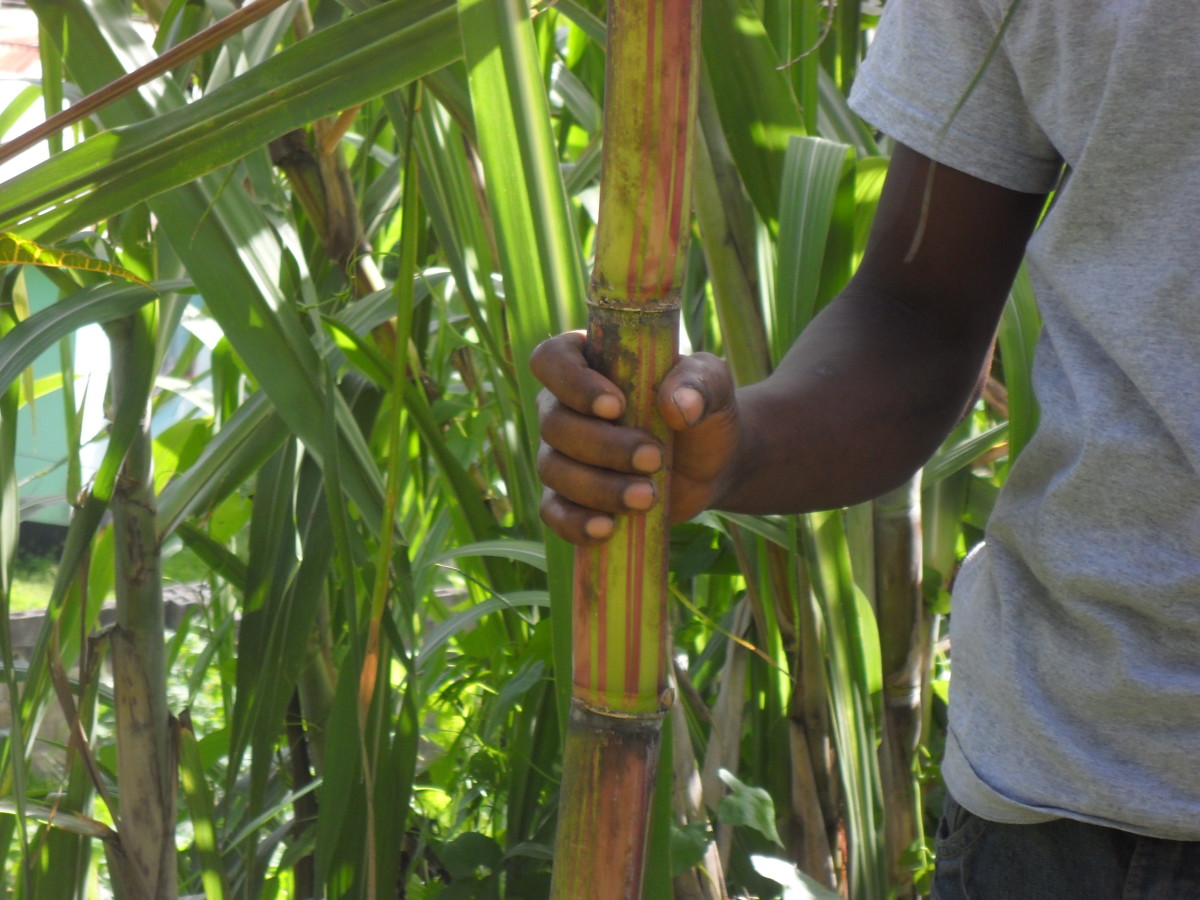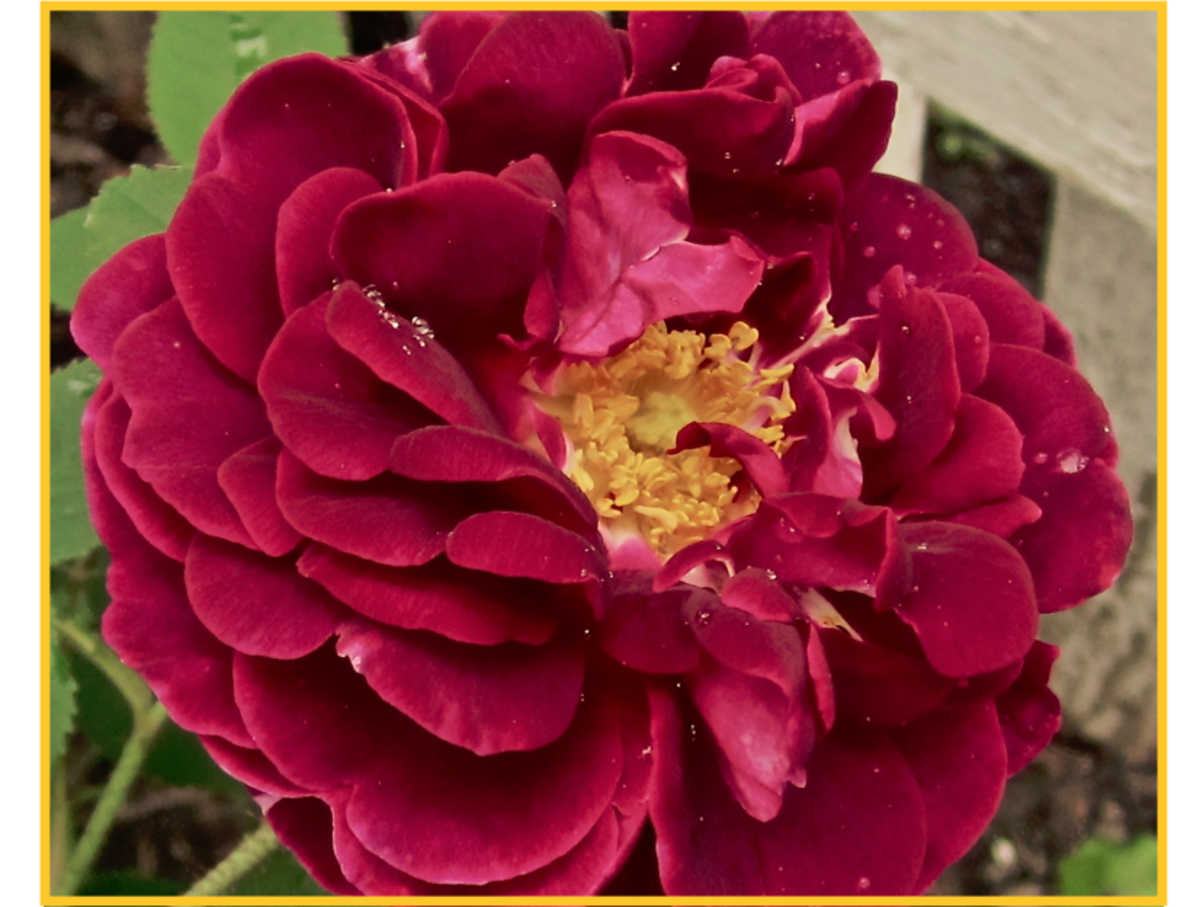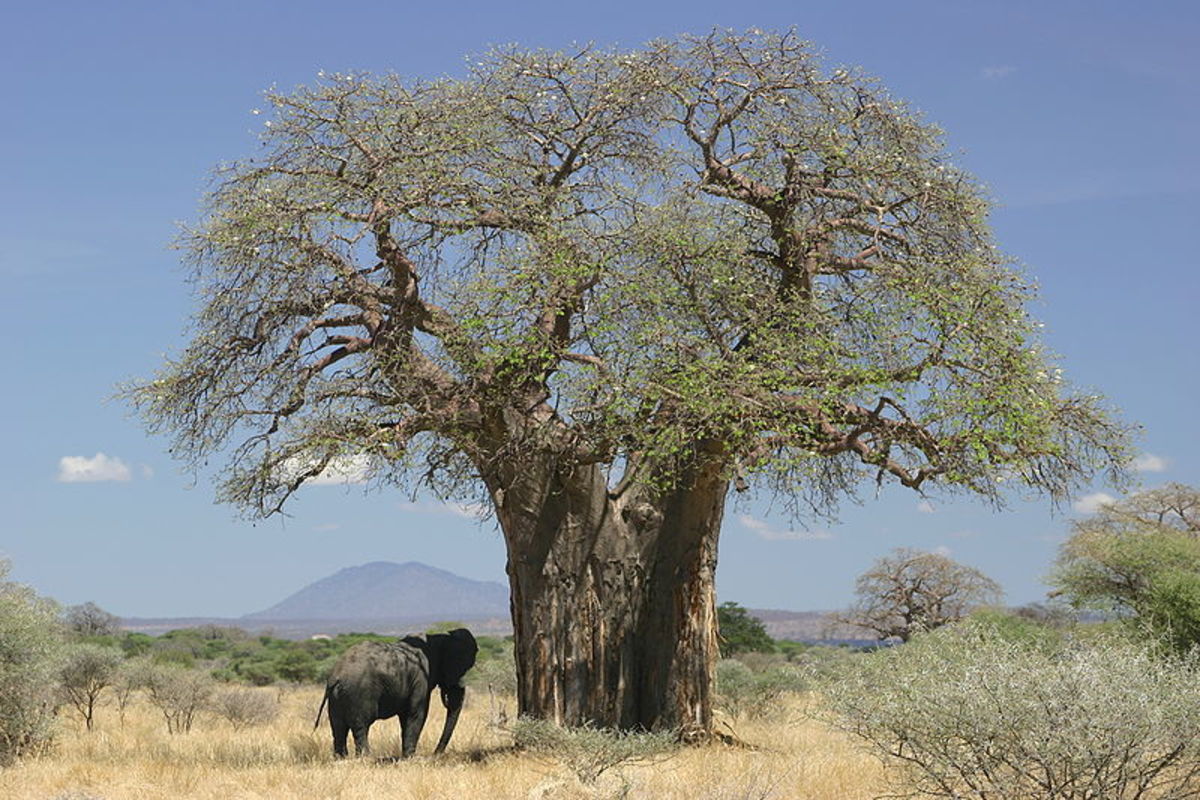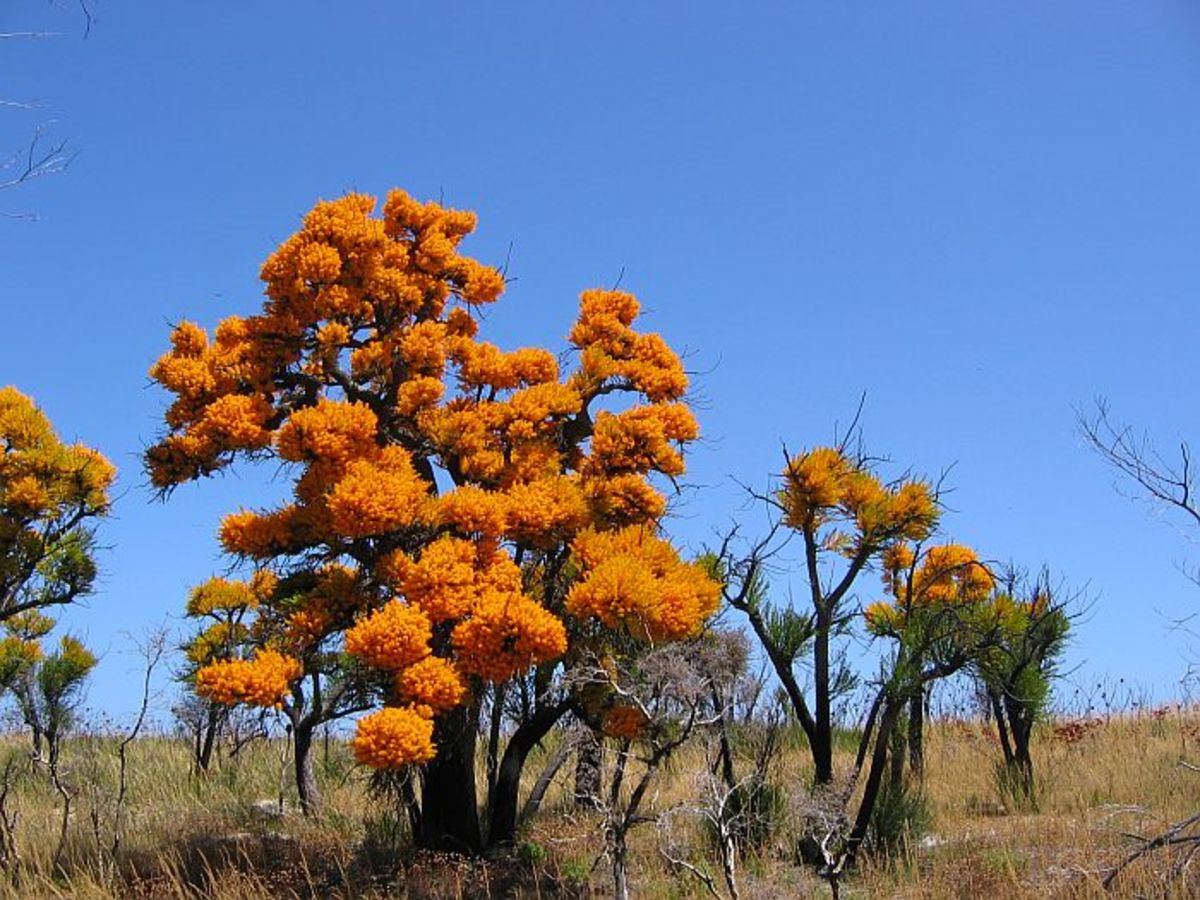The History of Roses
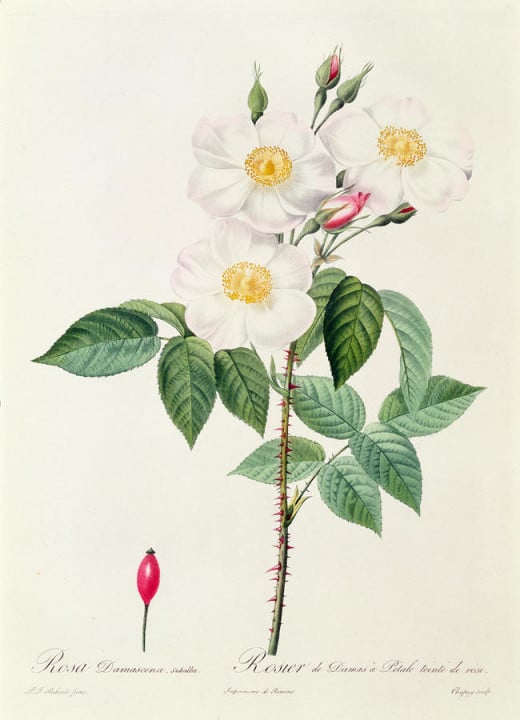
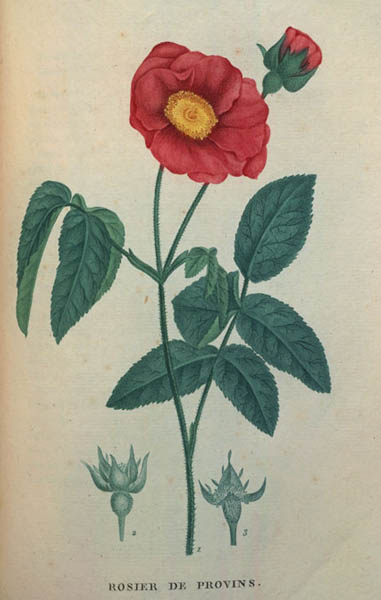
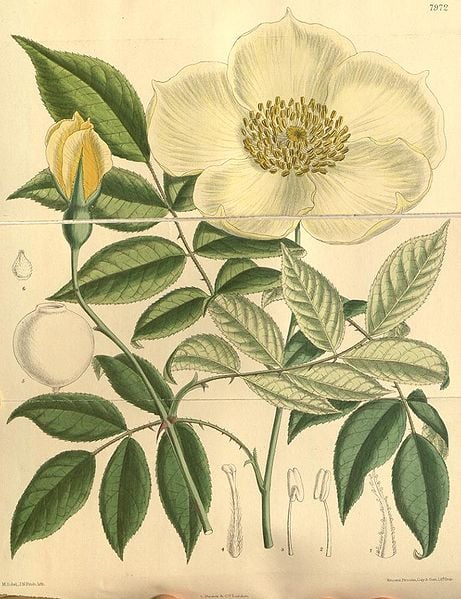
The Diverse and Complex Rosaceae Family
In terms of the number of species, Rosaceae is not among the largest families of plant species. Rosaceae groups about 2830 species distributed in 95 genera. However, their large morphological diversity, even between individuals of the same species, favored by their natural tendency to hybridize, has been the main source for classifying this family as difficult when it comes to describe and determine the exact number of species. Rosaceae are dispersed throughout the globe, being native in the Northern Hemisphere only. Some of the genera are of high economic importance due to the use of their flowers, like Rosa, or its fruits: Malus (apple), Pyrus (pear), Prunus (peach, almond, cherry, nectarine, plum and apricot), Fragaria (strawberry) and Rubus (blackberries and raspberries). Most of the species are deciduous, and can present as herbs, shrubs or trees. A small minority is evergreen. Rosa is a genus of about 100 woody perennial species, mostly deciduous, presenting as climbing or erect shrubs with stems armed with sharp prickles to which our popular roses belong to. Although roses are one of the most popular flowers in the world, with thousands of cultivars, they are the result of hybridization of seven or eight species. Although the beauty of its flowers is undisputed, the genus Rosa is a nightmare for any taxonomist, especially if morphology is highly considered. Since Linnaeus, the number of Rosa species has varied greatly, from a minimum of 30 to a maximum4266! Unbelievably and contrasting to its long history in human societies, today the exact number of species in the genus Rosa is still a matter of controversy, with some authors suggest 150 species, while others speak at about 200.
Roses have compound leaves, pinnate (i.e. highly divided symmetrically to its axis), alternate, stipulate, with serrated edges. Contrary to the cultivated hybrids, the flowers of natural roses although large and showy have 4 or 5 petals only. The flowers usually appear singly or in groups of 2 or 3 or present as clusters with varying number of flowers. They are usually white or pink, red and yellow in a minority of species, and bloom in late spring or early summer. Roses are pollinated by insects. Rosa species have hermaphroditic flowers with many stamens (male organs) inserted on the edges of the hypanthium, where several pistils (female organs) emerge from within its cavity. If pollinated, roses develop a berry-like aggregate fruit (resulting from the merging of the ovaries) called a rose hip. The vast majority of cultivated hybrids do not develop rose hips. Not because they are infertile, far from that, but because they have so many packed petals that they seriously hamper pollination by insects. It needs a herculean bee to venture in such task. However, sometimes it happens if a bee is brave and strong enough to avoid dying of exhaustion. I have witnessed myself the pollination of one mine hybrid tea roses. Sometimes, the flowers open wide enough that the center is clear and easily accessible to allow pollination. Rose hips are usually orange or red, but in some species they can be dark purple or even black, and are attractive to birds. They ripen in late summer to autumn, usually remaining on the plants over the winter, as a way to attract dispersers.
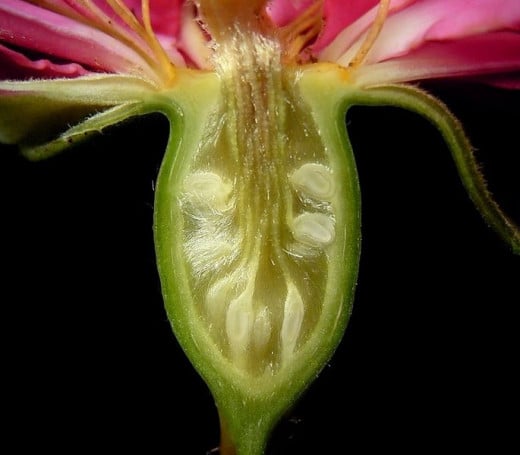
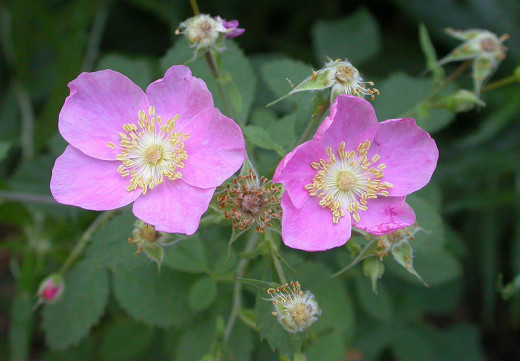
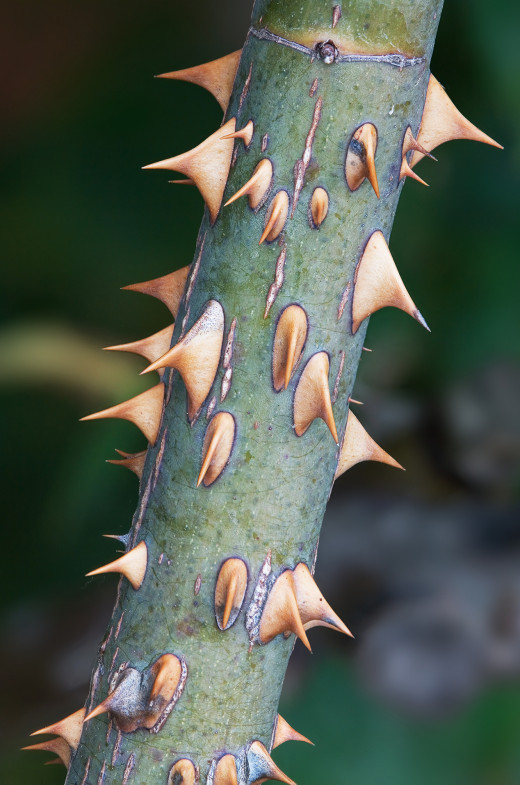
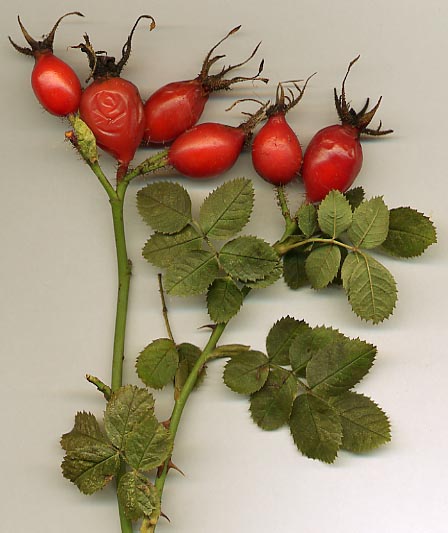
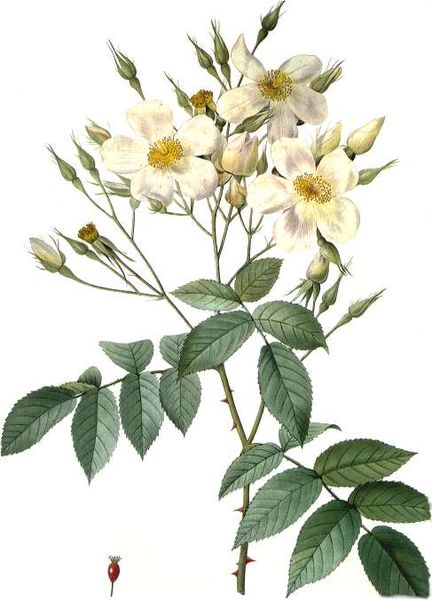
Rosa has great morphological plasticity, which makes the recognition and characterization of its species and hybrids quite difficult. There are many natural hybrids presenting forms that evolved differently over thousands of years, from which many of the roses cultivated in our gardens today resulted. The species of the genus Rosa are distributed throughout the temperate regions of the Northern Hemisphere. Asia is considered the primary center of diversity.
Origin and Evolution of Cultivated Roses
Cytological studies suggest that this large variation in morphology of roses is largely due to hybridization systems and unusual crossover in their chromosomes. The cultivated roses of today are a vast and complex collection of interspecific hybrids which form the species complex R. hybrida. However, authors do not agree on the origin of this complex. Some suggest that R. hybrida complex is the result of crossing European and Middle Eastern species (R. gallica, R. damascena and R. foetida) with Asian species (R. chinensis, R. gigantea, R. moschata, R. multiflora, R. wichuraiana). Other authors suggest that the main parent species of cultivated hybrids are R. moschata, R. gallica, R. damascena, R. wichuraiana, R. californica and R. rugosa. One of the most important species is Rosa gallica, native of Central and Southern Europe and firstly introduced and popularized in France. The intense purplish red velvet of modern hybrid roses indicates that, most of the time, in their family tree there is one R. gallica ancestor at least. Another common ancestry is Rosa damascene, which is in fact a set of hybrids, (R. moschata×R. gallica)×R. fedtschenkoana, that arose in the Mediterranean. R. damascena is divided in two groups, one that blooms once in summer and the second that blooms twice yearly a second flowering in the fall. R. damascene is bigger than R. gallica, with intensely scented flowers, usually pink, but in some cases, red or white. R. moschata, one of the parent species of R. damascene, is native from the base of the Himalayas, being cultivated since ancient times in India and the Mediterranean.
The Cultivation of Roses through History
It is likely that roses were first cultivated in China, about 2700 years ago. The cultivation of roses became popular in 500 BC, as reported by Confucius (551-479 BC), who wrote about the rose gardens in Beijing. According to Confucius, the Emperor of China possessed at that time about 600 books on the culture of roses. Besides their beauty, Chinese cultivated roses for their oil that was then used by nobles and dignitaries of the court. Roses were also very popular in Persia (now Iran), and from there they were later introduced into the Middle East, where they became a symbol of state power. The inhabitants of Crete, Greece, between 2800 and 2100 BC, recorded the beauty of roses in their jewelry. Archaeological excavations at the Royal Palace of Minos at Knossos, Crete, revealed that roses were grown at the site around 1800 BC. Sappho, Greek lyric poet, who lived around 600 AD, called roses the "Queen of Flowers". In classical Greek mythology, the rose is associated with Aphrodite, the Greek goddess of love and fertility. The Romans were also very fond of roses that were acquired mainly from Egypt. They developed special houses where they cultivated roses with hot water pipes to keep the plants warm enough to bloom in winter. During the reign of Emperor Augustus, roses were widely used in the decoration of houses and tombs and were indispensable in festivals and as symbol of love. Roses bloomed along with the Roman Empire, noble houses were paved with rose petals, beds were also covered with petals and flowers were used to scent the environment. Roman women used perfumes based in rose essence that was also used as a skin emollient. At this time, a rose hanging from the ceiling during a meeting meant that the subject discussed should be kept confidential. During the beginnings of the Catholic Church, the confessional usually had a white rose painted above the entrance, or a bouquet of white roses nearby, indicating the confidentiality of the site.
China, possibly the origin of the first culivated roses.
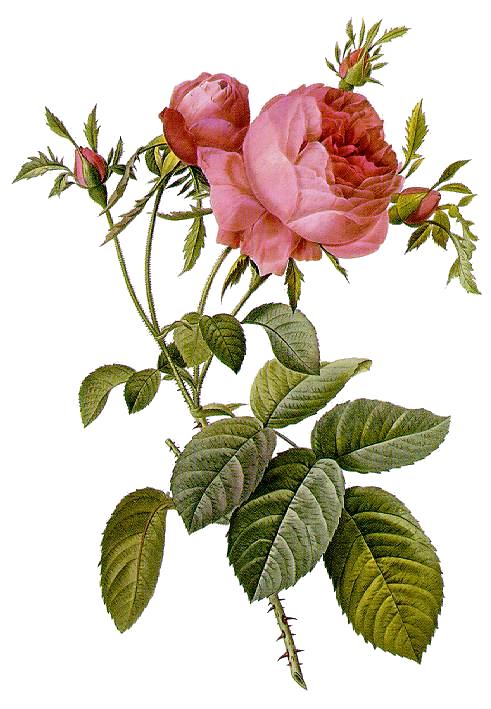
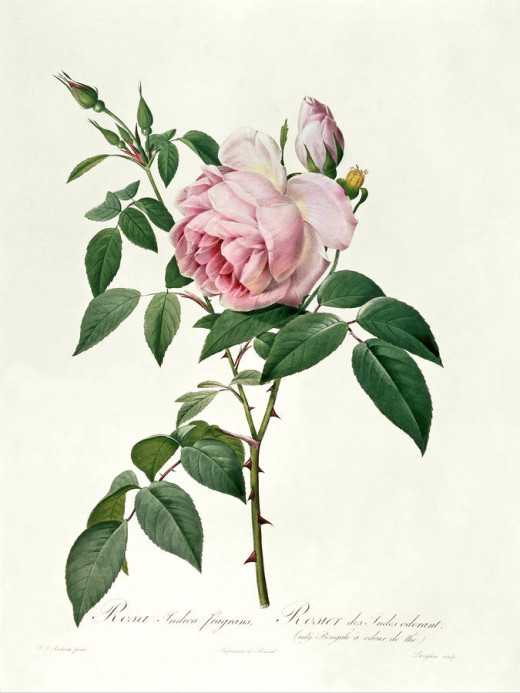
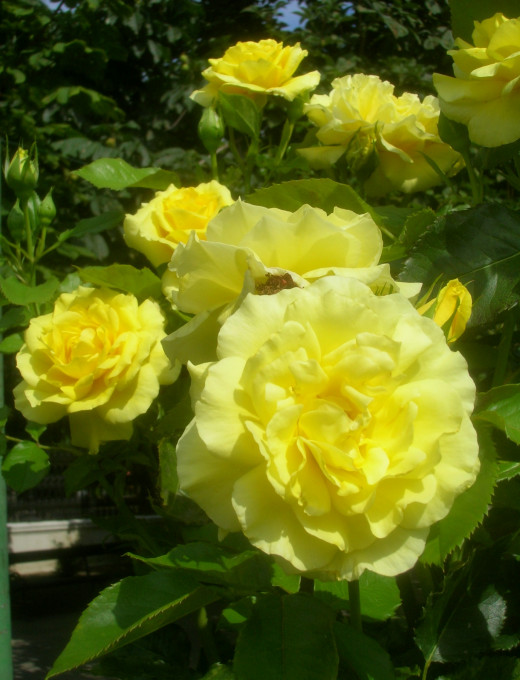
However, roses declined with the fall of the Roman Empire, mainly because the Catholic Church considered them as a symbol of excesses and thus sin. For almost a thousand years, roses were grown in obscure monasteries. Around 1200, the Catholic Church backed down, embracing rose as a symbol., white for the Immaculate Conception of the Virgin Mary, and red for the blood of Christ. Rose beads were traditionally made of a heated mixture of rose petals, salt and water and were then rolled to obtain the desired shape. The beads were then joined together to form a rosary, that comes from the Latin word rosarium, meaning a crown of roses. Roses inspired and appear in many big stained glass windows of medieval cathedrals such as in Chartres, France. R. damascena, Damask rose, was brought to Europe by the crusaders in the twelfth century. However, this rose had been mentioned much earlier by Virgil in 50 BC. Cultivated since the Middle Ages, R. centifolia, meaning the hundred petaled rose, also known as the Provence rose or Rose de Mai, a complex hybrid from R. gallica, R. moschata, R. canina, and R. damascene, was the favorite in still life paintings of Spanish and Dutch painters of the seventeenth and eighteenth centuries. In 1789 the Chinese rose, R. chinensis, with its unique quality of bloom for several months, was introduced in France and England. Before that, the roses grown in the Europe flourished only once a year, usually in late spring or summer and for a short period. The tea rose , R. odorata, cultivar thought to represent hybrids of R. chinensis with R. gigantea, a large Asian climbing rose with pale-yellow blossoms, was brought soon after, also from the Far East. R. chinensis and R. odorata are both considered the ancestors of modern hybrid tea roses. The first international collection of roses was organized and patronized by Empress Josephine, first wife of Napoleon Bonaparte. She patronized the development of rose breeding at her gardens at Malmaison, designed to show, in addition to flowers, their main features. Josephine grew all the 2,562 known varieties at the time. From crossing and backcrossing these rose varieties and species over the years, they became what we see today. Hybrid perpetual was created in 1887, while hybrid tea was presented to the world in 1867, and polyantha in 1875. Floribunda appeared for the first time in 1924 and in 1954 saw the birth of grandiflora.
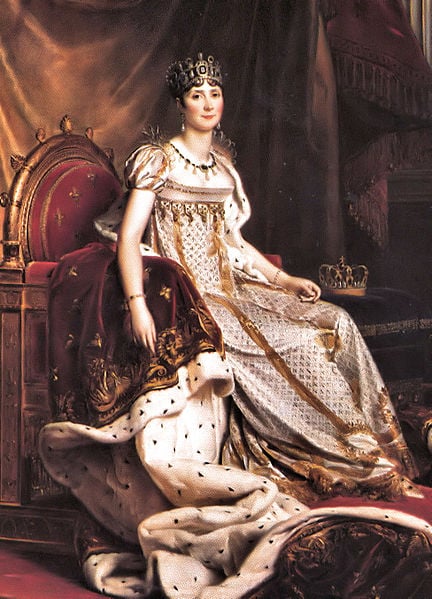
Roses and Their Many Different Uses
Roses are by far the most important item in the history of floriculture in the world. At present they move a market of the order of ten billion dollars annually. Although there are fluctuations in the global ranking of the best selling cut flowers, roses rank always among the three flowers most sought after. Wild roses provide valuable shelter and food for wildlife, especially birds and mammals, which act as their main seed dispersers. Chinese were the first to report the medicinal properties of roses. Fruit pulp was used to make tea with diuretic properties and oil was extracted from the petals for use in the treatment of skin and essence for perfumes. About 5,000 kg of rose petals are needed to produce 1 liter of rose essential oil. R. damascena and R. gallica are among the most cultivated varieties and species to obtain rose essential oil and rose water. The essence extracted from the petals is used as a flavoring agent in perfumery and cosmetics. In the tenth century, Persians exported rose water to most of Europe, Asia and North Africa and was also commonly used as a flavoring in cakes and biscuits. The floral bud and petals of some roses, namely R. gallica, are used in herbal medicine in the treatment of certain dermatological diseases, due to their rich content in tannins. Rose hips, especially of R. canina, rich in vitamin C, are used for tisanes, jam, jelly, syrup, soup, beverages, pies, bread, wine, and marmalade. Its leaves can be added to other herbs in the preparation of teas and their petals are used in the preparation of sweets, syrups, sauces and vinegars. For centuries roses have been used in cooking. The oldest reference for roses in culinary comes from Roman recipes. In the fourteenth century, roses were used extensively in sauces for fish and meat, also in desserts, confectionery and preserves. In the nineteenth century roses were used as a coloring and flavoring in tea, sauces, oils, confectionery and preserves. However, the main use and reason for cultivation of roses in horticulture has been undoubtedly their great ornamental value. Many roses are pioneer species that naturally colonize disturbed areas. Shrubs R. canina have been used as pioneer vegetation in forestation programs in floodplains in Germany, along the River Elbe.
You may want to read about:
- History of Botany: Part 1, from the Ancient Greece u...
The earliest classifications of plants were primarily utilitarian classifications: that is, they included mostly medicinal or other useful plants. Therefore, they were limited to human experience and to their importance in ancient human societies. - Orchids: A History of Sex, Drugs & Lies
Orchids are probably the most popular flowering plant species. They are also the most evolved from all plants. They managed to spread successfully across the world by developing the most complicated relationships with its pollinators. Some of them ha - The Matelse Mushroom (Cynomorium coccineum): An Epic...
The story of the Maltese mushroom, on how it rose to prominece and fade away. The Maltese mushroom is not a funus but a parasitic plant. - The Magic History of Mandrake
Once considered medicinal wonder, mandrake was also used as a powerful poison. Possibly the source of the oldest anesthetic known to man, today mandrake is still object of popular curiosity. - History of Botany: Part 2, The Development of Taxono...
Plants were classified on the basis of a few key features until the seventeenth century, when John Ray developed the first classification based on multiple features. Ray's c1assification showed natural relationships among plants. Linnaeus is credited

